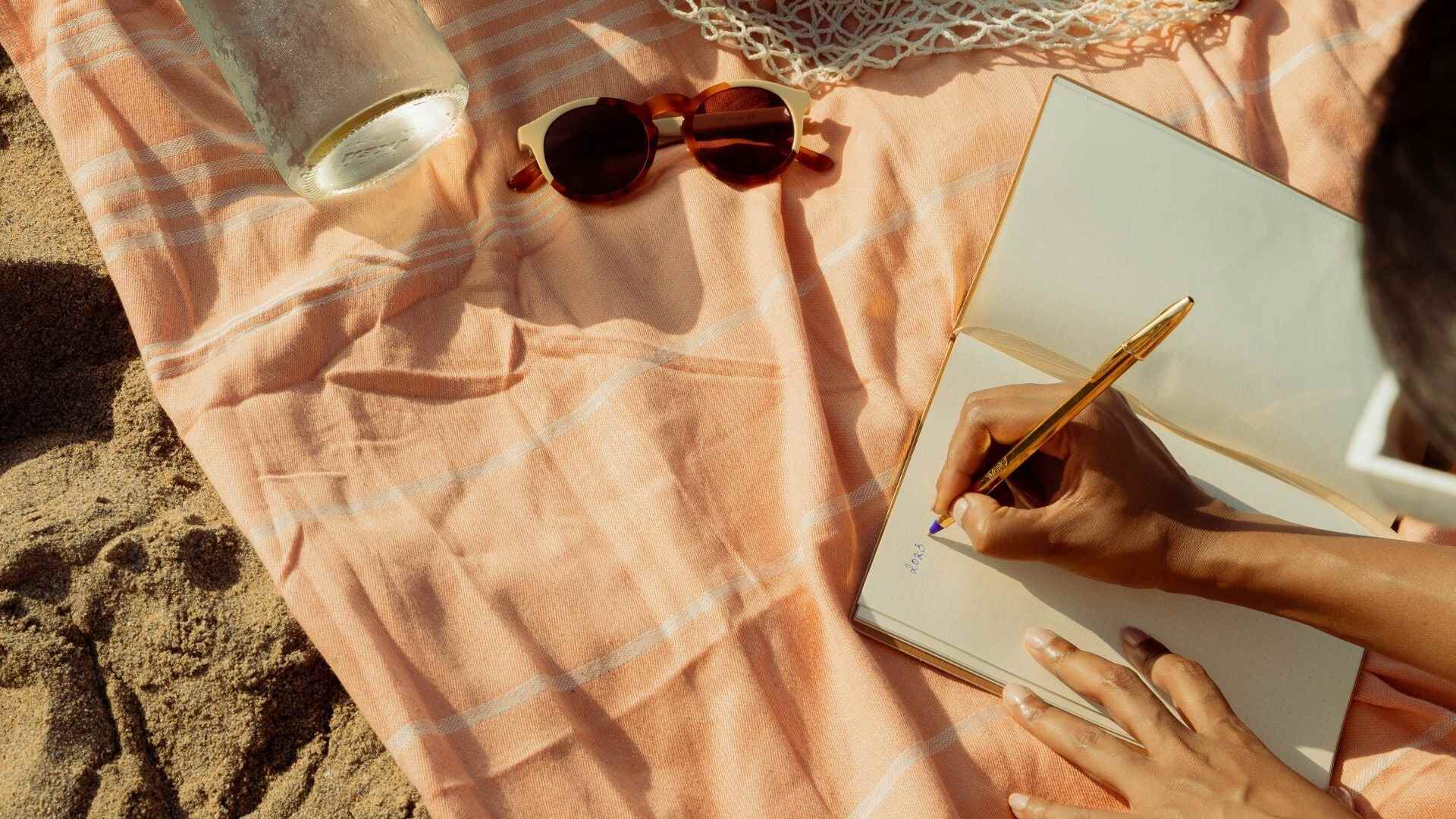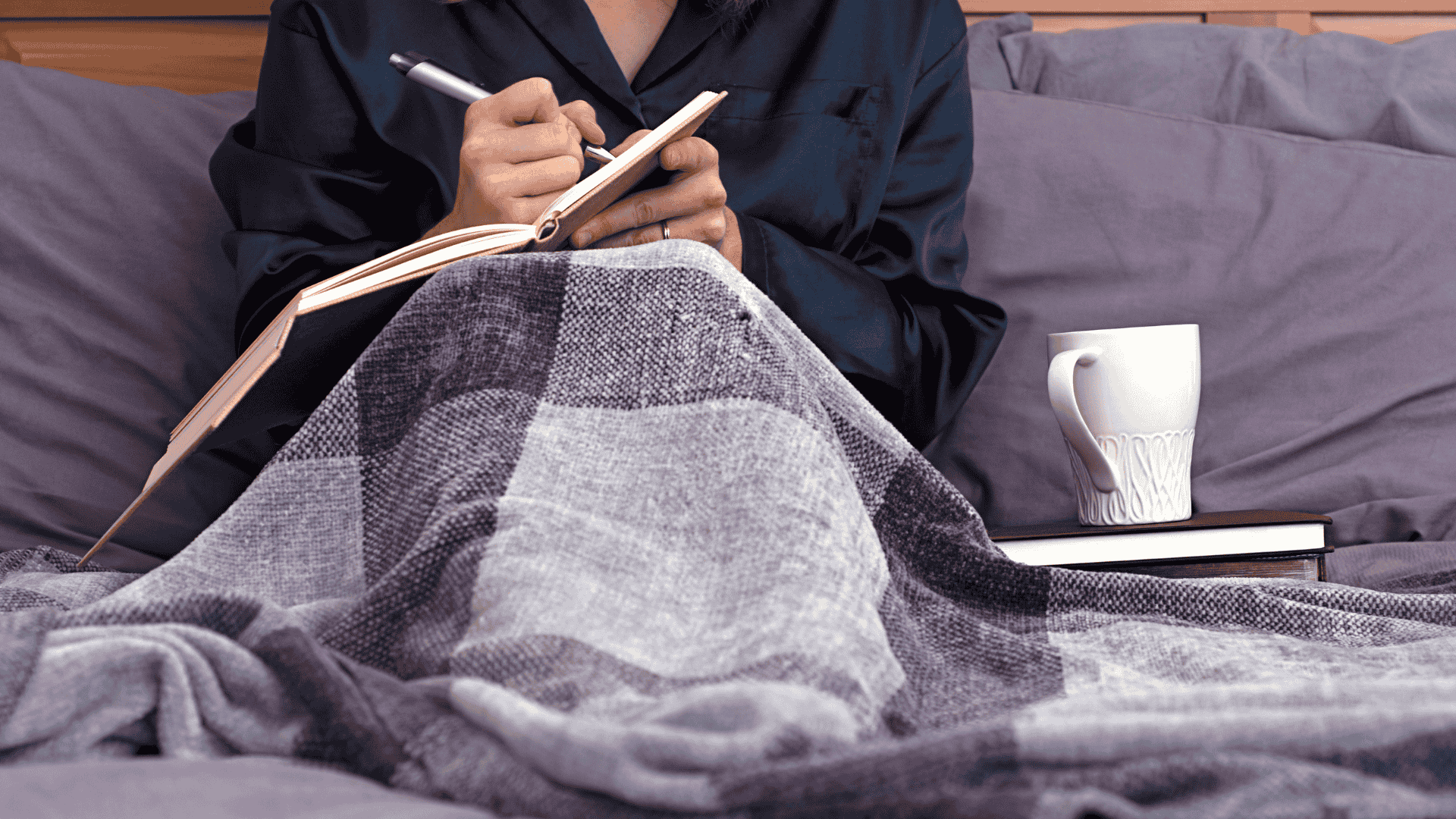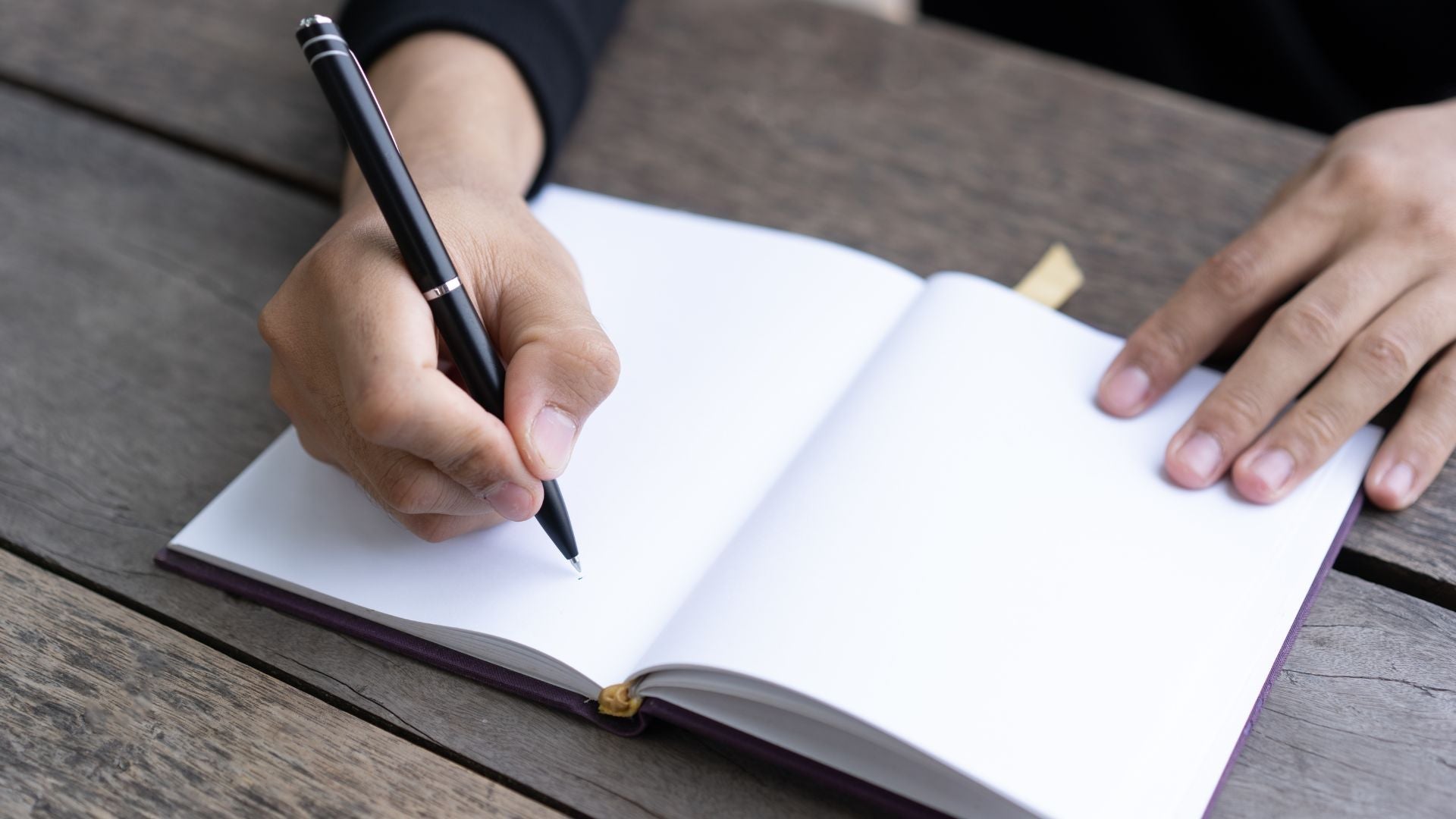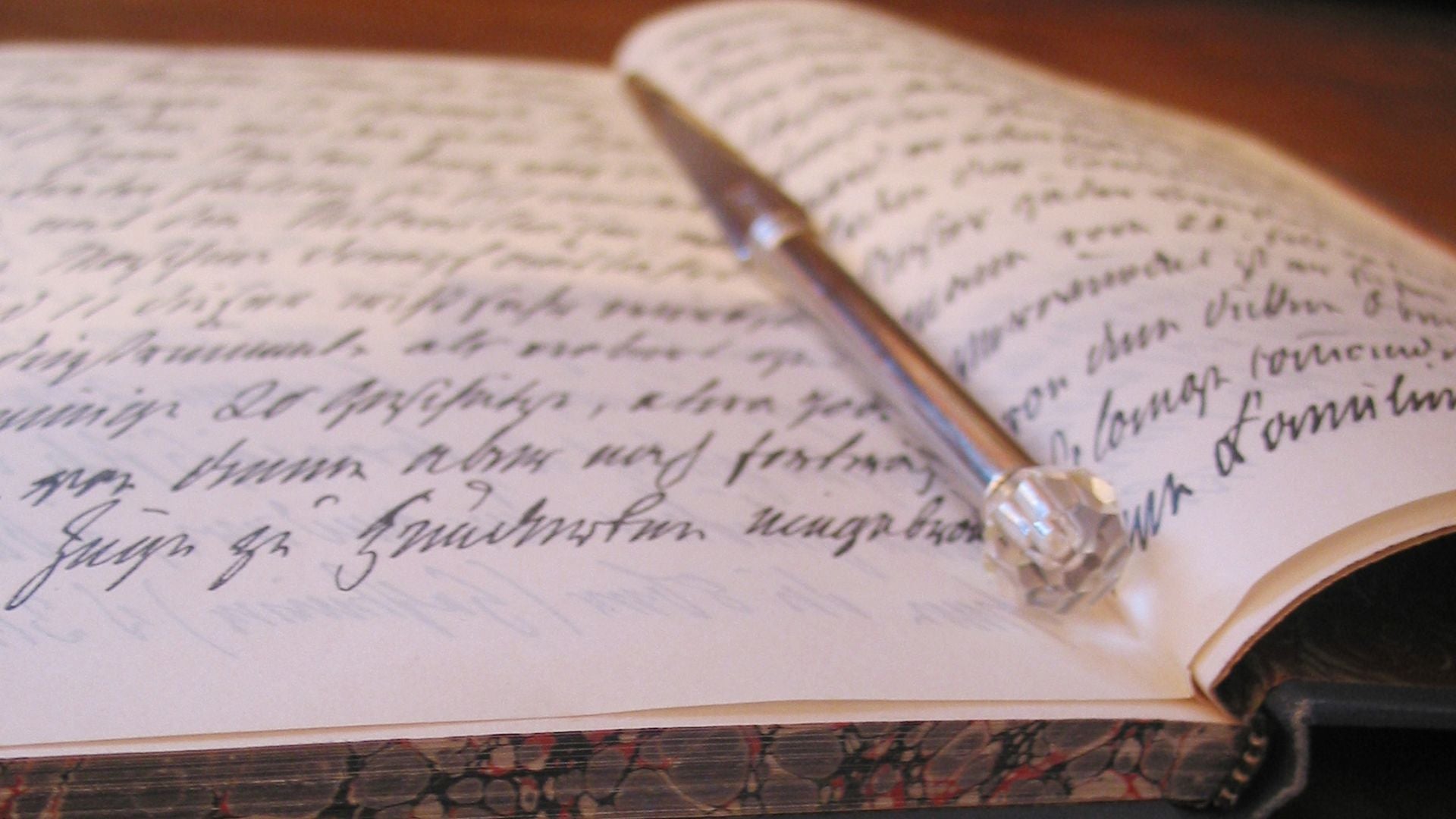It looks luxurious and feels remarkably pleasant to hold.
And it’s made from pineapple waste.
Meet the world’s most sustainable journal, handcrafted with love and care, using a revolutionary textile—Piñatex.
Looking for a unique, environmentally-friendly vegan gift? Looking for a finely handcrafted journal for yourself, but would prefer an alternative to natural leather?
In either case, you have just found it.
Ethical Design meets Innovation: The Secret of Pinatex Fabric

Pineapple leaf fiber waiting to become Pinatex. Source: Ananas-Anam.
Piñatex is one of the most exciting sustainable materials in the world right now.
The textile is made of pineapple leaf fiber, sourced from waste leaves of the pineapple plant. These leaves are left to burn or rot by agricultural communities. And in case you’re wondering, there’s a lot of waste from global pineapple agriculture to go around—approximately 13 million tonnes per year (source: Ananas-Anam). That’s as much as the weight of 39 Empire State Buildings!
Piñatex provides an opportunity to transform all this discarded waste into a durable, lightweight, and beautiful material. The production process doesn’t require additional land, water, or pesticides, and the unused biomass fertilizes local pineapple fields.
That’s a huge plus for local farming communities and a significant incentive to perpetuate this virtuous cycle of the circular economy.

In a circular economy nothing goes to waste. Source Ananas-Anam.
But the magic of Piñatex doesn’t end there: this cutting-edge plant-based fabric is also 100% animal-free and is officially PETA-approved. With all those qualities, it might seem that Piñatex is the perfect choice for customers looking for ethical and sustainable alternatives to traditional textiles.
However, an important question remains:
Is Piñatex a good alternative to leather?
Pinatex vs Traditional Leather vs Pleather
Similar to leather, Piñatex is a natural and breathable material. It’s also water-resistant, heat-resistant, strong, lightweight and flexible.
The producer of the textile ranked the performance of their fabric as slightly lower than leather derived from animals; however, Piñatex passed rigorous ISO tests to adhere to international safety and quality standards.
It definitely feels (and looks) durable.
Just like every natural fabric (eg. leather) Piñatex ages with time and requires simple care in order to prolong its longevity. In good hands, it will sustain years of use.
It’s also suitable for various applications, such as footwear, bags, furnishing, book covers and much more.
Natural leather, though sought-after since the dawn of man for clothing and comfort, and the first material used in bookbinding, can create a moral dilemma for those more environmentally conscious and particularly for vegans, who seek to fulfill their lives with eco-friendly products in their daily lives.
And what about pleather?
Is Pleather Eco-friendly?
In a word... NO! While animals are not used or farmed to produce it, pleather is not a viable eco-friendly solution either. In fact, pleather simply means “plastic leather” so don’t be fooled by the natural leather-like appearance. Both pleather and PU-leather (poly-urethane leather) materials are made from plastic coating, which takes a very long time to biodegrade, can break down into microplastics, and emits plenty of CO2 in its production process (source: Better Meets Reality). It might be vegan, but it’s definitely not sustainable. The approach behind Piñatex is completely different:

Beauty and Ethical Design in One.
While being practically as good as leather in terms of quality, Piñatex is also 100% vegan and cruelty-free, ethically sourced, socially responsible, sustainable, and it has a positive impact on rural communities.
That’s certainly a lot of desirable qualities packed into one product!
By now you might be wondering if we have found a perfect alternative to leather.
The world certainly seems to think so.
In fact, Piñatex is being rapidly adopted by the market, including big companies like Hugo Boss and H&M, as well as numerous smaller brands, boutique shops, fashion designers and startups with an interest in sustainability and eco-friendly design. It’s no surprise that the demand for Piñatex is already outpacing supply.
The World’s Very First Collection of Pinatex Journals and Albums
What happens when you combine a passion for innovation, over two decades of bookbinding experience and Piñatex?
You’re right!
You’re looking at the world’s very first collection of Piñatex journals and albums, handcrafted with love and care by an experienced team of artisan bookbinders in Florence, the birthplace of the Italian Renaissance and still the center of the bookbinding world.
Each of these journals is unique and can be personalized with an extensive set of options to meet your specific requirements and preferences.
Whether you care about the environment and love journaling (as a vegan and a co-founder of JournalSmarter I’m certainly in both those categories), or want to offer a truly unique and ethical gift, Epica’s Piñatex collection is definitely something special to consider.
Michal Korzonek is the co-founder of JournalSmarter, where he shares powerful journaling tools for mind expansion and effective behavior change.









2 comments
Karla
Very interesting. Thanks for the details about the production. I do care for healthy alternatives and your journals look from adorable to fantastic. I am looking for a vegan gift (for May)! Thanks for reminder.
Silvia
This is such a great idea! I usually try to go for plant-based options with products I buy, but it’s really eye-opening to learn how some of them are really not sustainable at all, and how there are great options out there like Piñatex. Amazing article!